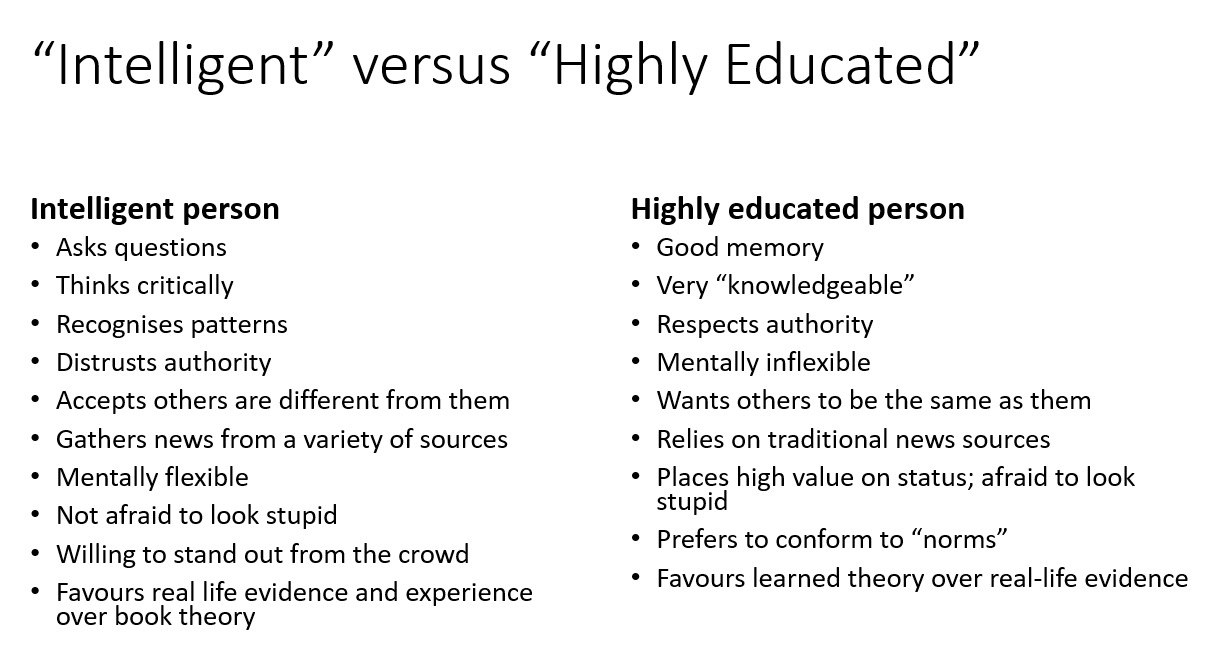Author: admin
News January 2024
UK EECC challenge escalated to Judicial Review: read our blog report
THE GOVERNMENT DECLINED TO REMEDY THEIR MULTIPLE FAILURES WITHOUT LEGAL PROCEEDINGS, SO A JUDICIAL REVIEW IS UNDERWAY
The government did not provide a substantial response to the EECC submission filed on December 13th September 2023, so the Judicial Review application was crafted and filed with the Administrative Court on December 21st.
Certain elements of the September EECC submission were re-iterated with a reminder that it had been sent to DSIT earlier in October. SofSLUHC and SofSHSC declined to respond to this final two day opportunity to provide clarity.
This left Neil and Karen no other option other than to become claimants and pursue a Judicial Review against the both the SofSLUHC and SoSHSC.
The Christmas and New year bank holidays gave the defendants reason to apply for another extension to respond to the sealed order, so a response is now expected by January 25th.
This case is a citizen led (no lawyers) initiative, Neil McDougall and Karen Churchill are representing themselves.
They have worked voluntarily for four years to build up the evidence which proves that the government have neglected their public health responsibilities, and they have failed to clarify the local authorities legal obligations to risk assess the impacts of 5G.
We know many of you have already donated handsomely to legal actions, but this case is vital – little donations by many will help them to proceed to work systematically and efficiently.
Please support them via the gofundme page as they now need cover their costs to continue with this vital challenge.
https://safetechinternational.org/5g-emf-rf-uk-eecc-challenge-escalated-to-judicial-review/
Listen to Karen on the Richie Allen show Jan 10th from the 24min30sec.
Meanwhile do keep objecting to mast applications; general template letter, with EECC action, link.
Sign up to NewsletterMast Applications
•Take action steps on RFinfo: https://rfinfo.co.uk/masts/
•Take action masts forum: https://ukstop5g.freeforums.net/board/3/post-object
5G trial network to be created in Bath thanks to £770k grant
It makes no sense for risk assessments and cumulative impact not to be considered in other environmental fields, such as telecoms infrastructure, where it is already acknowledged that there are safe bilogical limits. Without considering cumulative impact there is logically no way to judge whether these safe limits have been breached. Councils need to be acting with competency and full information, each application is by definition site specific in its risk profile.
Massive WiFi network planned in Northern Island cities – citizen response “what Risk Assessments have been carried out?”
Environment
Cellphone Taskforce: Newsletters. January: even the ticks are disappearing
From 5GinMerton: There is better, more reliable, more efficient, more resilient, more future-proof, cheaper, faster, safer, private and secure technology available to deliver broadband, so why the undemocratic forcing of 5G on the public?
The answer is clearly set out in all the policy papers. 5G is suited to delivering surveillance prison cities which the government markets as smart cities. So it is not just about phones and masts, it is about cameras and sensors of all kinds. ULEZ (see https://www.abdlondon.uk/) and 15 minute cities and smart motorways are the tip of the iceberg. We’re not the customer, we’re the product/livestock. Government bodies and those who want to control rather than serve the public are the actual customers. I hope this video shows what I mean (Boris Johnsons speech).
Health and Research
5G FURORE – Fact vs Fiction with Ian Jarvis. Discussion arising from a Colchester planning committee meeting.
Oliver Perceval Talks Radio frequencies @ The Celebration. Shine Seminars Gloucester, Summer 2023.
Wireless technologies, non-ionizing electromagnetic fields and children: Identifying and reducing health risks. Davis, Scarato et al 2023
Mike Mitcham – The ‘Smart’ Deception. Smart Meters Glastonbury talk 2020.
AirPods: Are Apple’s New Wireless Earbuds Safe?
Technical
ICNIRP Revamp: Closer Ties to WHO EMF Project While two medical doctors will be joining the Commission —there are none now— the membership will continue to be dominated by physicists and electrical engineers. ICNIRP’s entrenched thermal dogma will most likely continue to hold sway with cancer risks, and other non-thermal effects downplayed, when not dismissed outright.
Unveiling the biological effects of radio-frequency and extremely- low frequency electromagnetic fields on the central nervous system performance. ResearchGate Dec 2023
https://radiationdangers.com/automotive-radiation/
Solar panel invertors cause dirty electricity
Legal and Resistance
Application to The European Court of Human Rights – Action Against 5g
The 2022 annual report Form 10-K SEC filing of Crown Corporation Inc, Texas acknowledging the possibility of legal claims against them due to negative health impact of wireless/5g in their risk analysis – and that that they have no insurance for this.
Page 17: “If radio frequency emissions from wireless handsets or equipment on our communications infrastructure are demonstrated to cause negative health effects, potential future claims could adversely affect our operations, costs or revenues.
The potential connection between radio frequency emissions and certain negative health effects, including some forms of cancer, has been the subject of substantial study by the scientific community in recent years. We cannot guarantee that claims relating to radio frequency emissions will not arise in the future or that the results of such studies will not be adverse to us.
Public perception of possible health risks associated with cellular or other wireless connectivity services and wireless technologies (such as 5G) may slow or diminish the growth of wireless companies and deployment of new wireless technologies, which may in turn slow or diminish our growth. In particular, negative public perception of, and regulations regarding, these perceived health risks may slow or diminish the market acceptance of wireless services and technologies. If a connection between radio frequency emissions and possible negative health effects were established, our operations, costs, or revenues may be materially and adversely affected. We currently do not maintain any significant insurance with respect to these matters.”
https://www.crowncastle.com/investors/current10k.pdf

